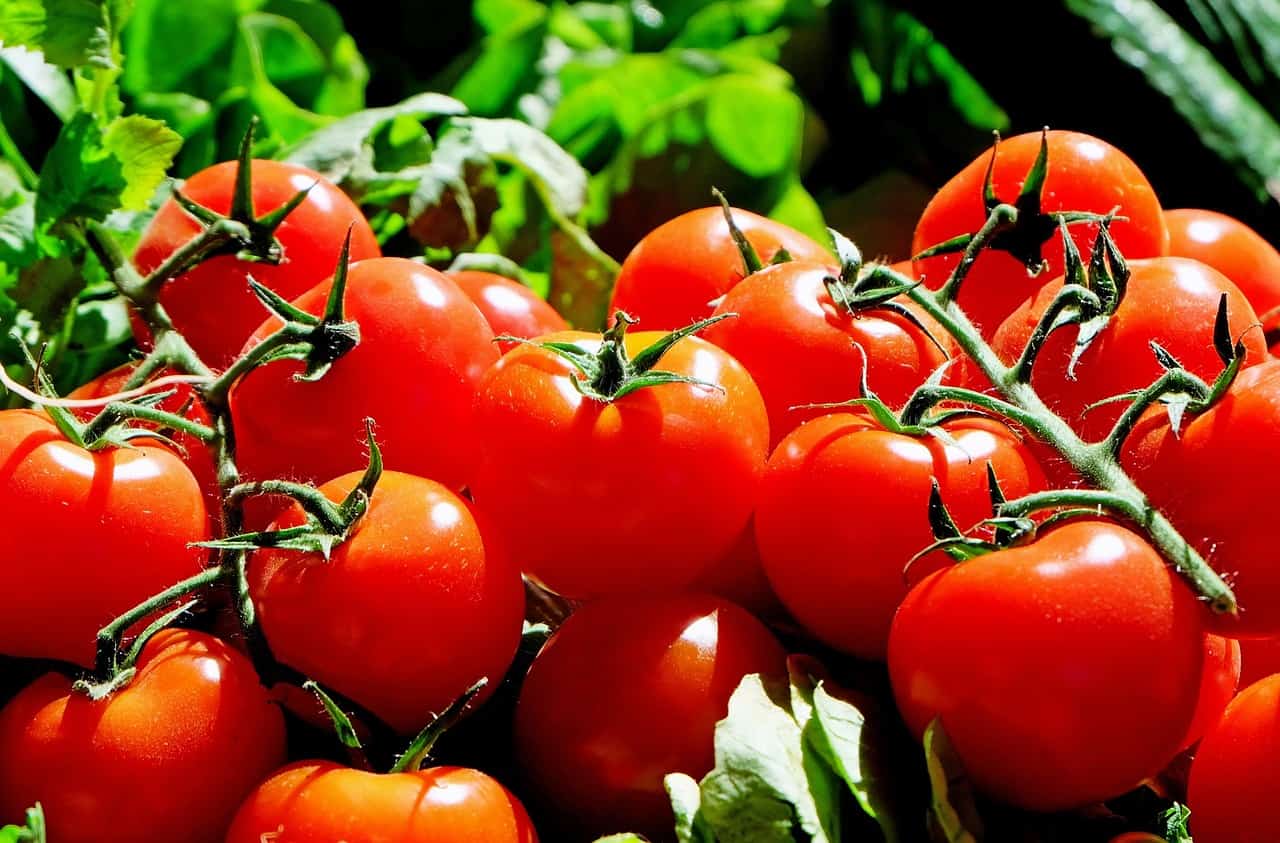
Tomato shortages in the UK and declining olive oil production in Spain regularly caused empty supermarket shelves in 2023. Dutch-grown endive and spinach also did not withstand our wet summer. Climate change is threatening agriculture worldwide, with drought and extreme weather pushing crops to their limits. Innovation in agriculture cannot keep up with the pace of global warming.
Why you need to know this
Climate change poses a threat to global agriculture, with a predicted decline in agricultural yields of up to 30 percent by 2050. Innovations in agriculture are crucial to ensure food security and minimize climate impacts.
It’s a race against time. The earth is warming and climate change is testing the limits of traditional farming methods and crops. The COP28 summit recognized this problem; more than 150 countries signed a declaration to put food systems at the center of their national climate strategies.
Agriculture accounts for one-third of global greenhouse gas emissions caused by human activities. This highlights the need not only to accelerate agricultural innovations but also to make them more sustainable. The Innovation Commission for Climate Change, Food Security and Agriculture, founded by Nobel laureate Michael Kremer, has identified seven innovation themes essential to ensure sufficient food production and minimize greenhouse gas emissions.
Adapting crops to changing climates
Scientists are looking for ways to adapt both cropping systems and plants to unstable weather. In the Midwestern United States, crops such as millet, canola, sunflower, hemp, and pearl millet are being tested that are better suited to the new climate conditions. These crops are not only more resilient but can also contribute to a more diverse and stable food system.
In France, the Institut National de l’Origine et de la Qualité has approved six new grape varieties developed to respond to global warming. Four of these are for red wine and two for white wine. All have been admitted to the prestigious Bordeaux classification. And that doesn’t just happen.

Accurate weather forecasting and smart manure
The predicted 30 percent drop in agricultural yields by 2050 will primarily affect small farmers, who together account for a significant share of global food production. They are often the least able to invest in adaptation and mitigation strategies, which increases their vulnerability. The Global Commission on Adaptation emphasizes that these farmers need support in finding innovative solutions to help them adapt to the changing climate.
For example, accurate weather forecasting is essential to prepare farmers for extreme weather events. He also highlights the potential of microbial fertilizers, which help plants and soil absorb needed nutrients, reducing the need for nitrogen fertilizers.
Innovation as key to deforestation
Innovation is needed not only to adapt to climate change but also to ensure food security. Expanding agricultural land to meet the food needs of a rapidly growing world population would lead to more deforestation. This highlights the importance of finding alternative approaches that can both increase food production and reduce climate impacts.
Furthermore, it is crucial that potential innovations be consistent with national strategies and planned in collaboration with government, business, and society. The past has shown that investment in innovation can yield high social returns, providing an opportunity for public investment to develop and implement innovations on a large scale.
The search for sustainable solutions
In addition to adapting existing crops, another explored strategy is moving crops to cooler areas. However, this approach has limitations and implications for regional food security and the economy. A multifaceted approach is needed, with technology, innovation, and international cooperation playing key roles.
The urgency of these challenges is underscored by the World Economic Forum, which states that climate change can reduce the reliability of food production and have implications for both food security and prices. The involvement of multiple sectors and levels of governance in finding solutions is crucial to ensure a sustainable future for global food production.

